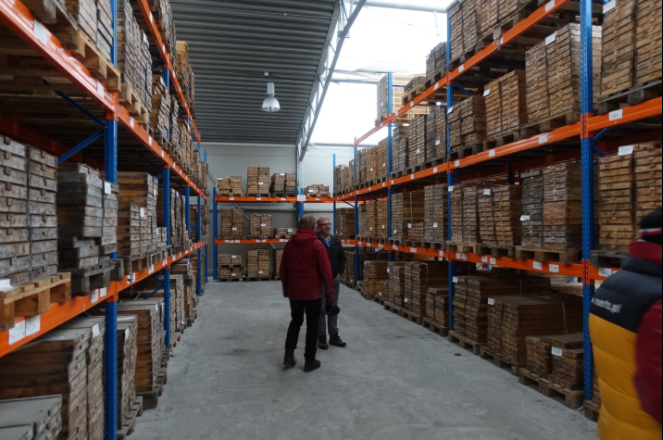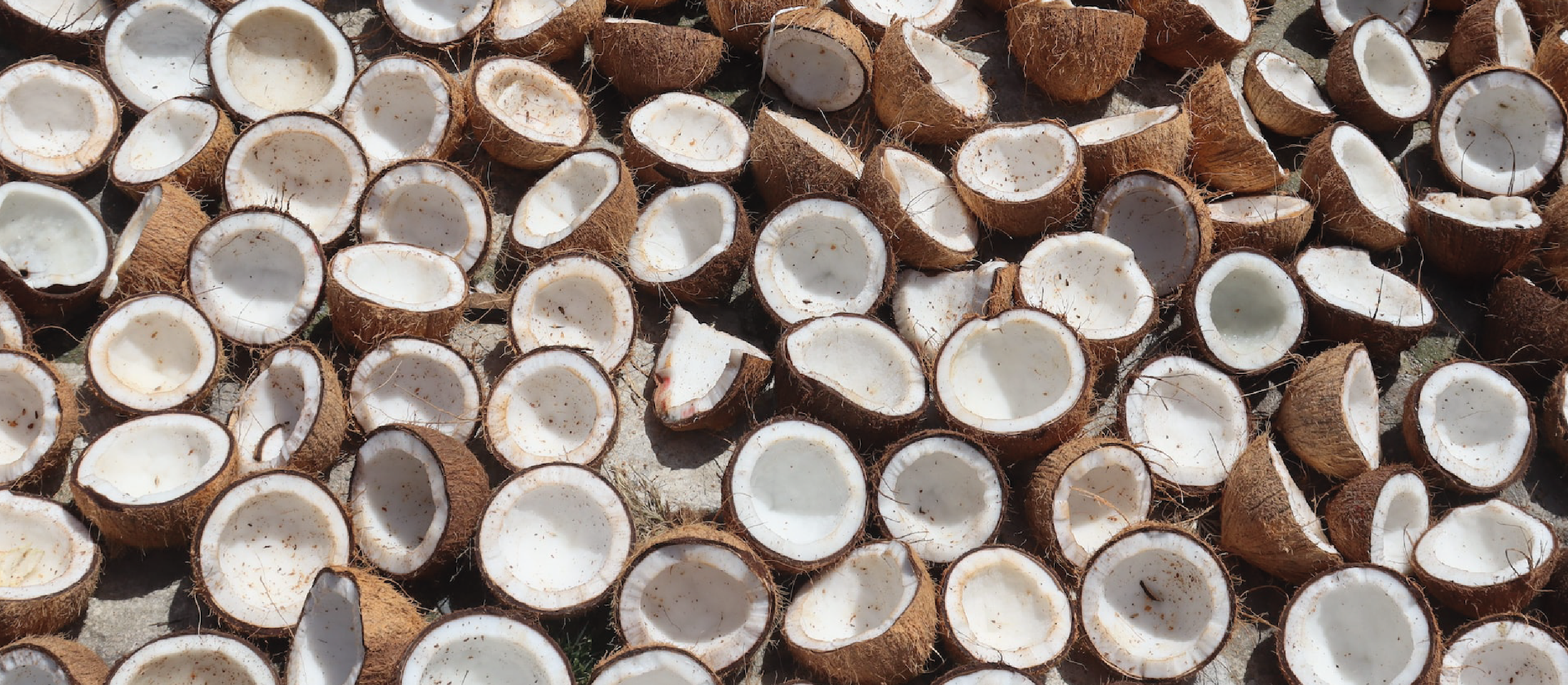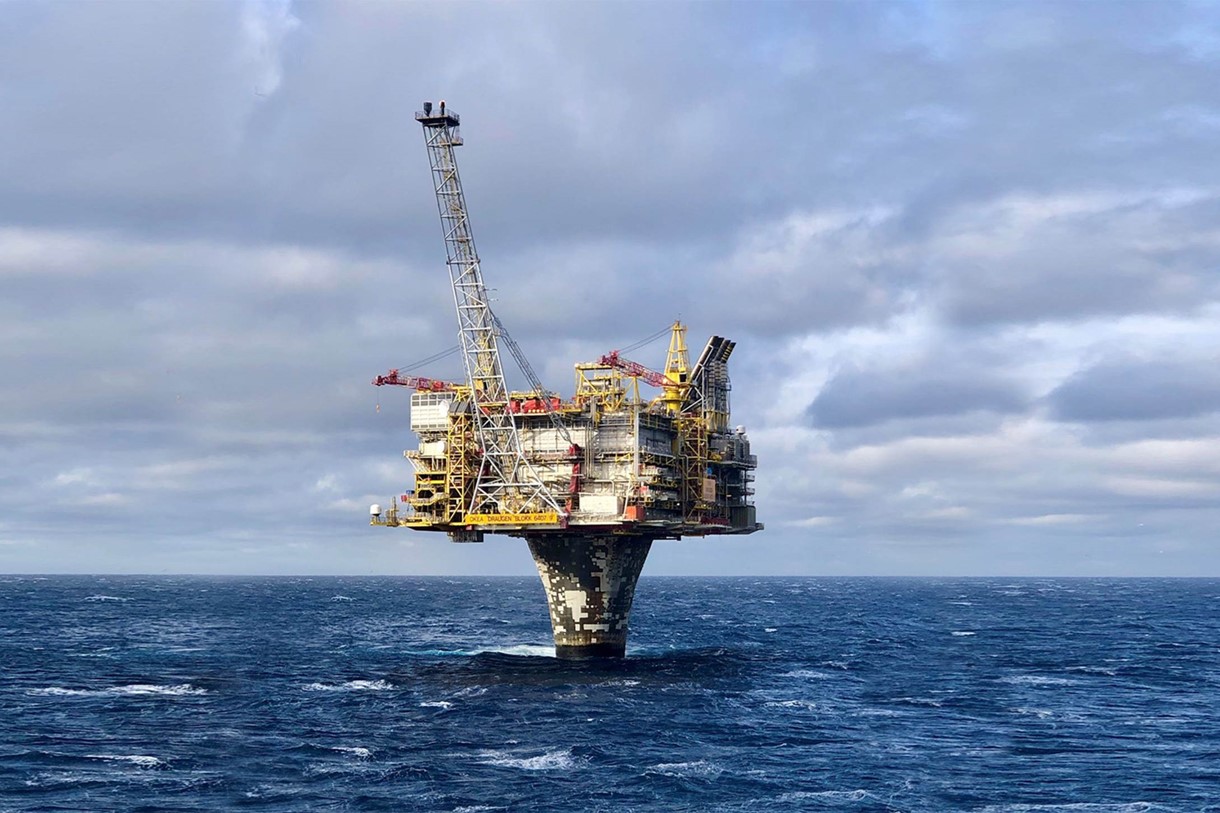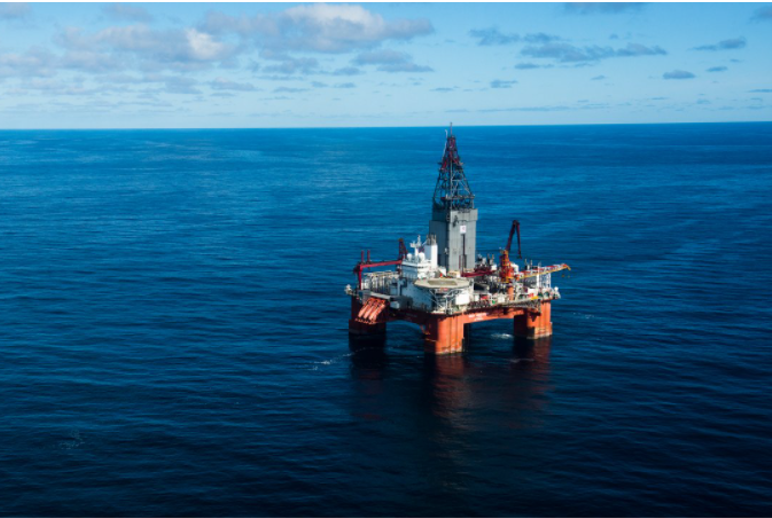Svalbard is a geological outlier in Norway, as it is a place dominated by sedimentary strata rather than igneous and metamorphic rocks as is the case for the Norwegian mainland. For that reason, core was cut for many different reasons, ranging from coal, petroleum and uranium exploration to geothermal investigations and geological research on past climates.
Research cores from Svalbard were used, among other things, to understand the mass extinction during the Permian-Triassic, global climatic changes in the Jurassic and Cretaceous, and the abrupt, global warming in the transition between the Paleocene and the Eocene.
A key role for Svalbard at the start of North Sea exploration
The onset of exploration in the North Sea has often been attributed to the discovery of the Groningen field in the Netherlands in 1959. However, at almost the same time petroleum exploration started onshore Svalbard (1960) with three mapping groups from the USA, the Netherlands (Shell) and Norway (Norsk Polar Navigasjon AS, NPN). NPN was the first company to spud a well at Kvadehuken near Ny Ålesund in 1961.
This drilling marked the start of an exciting period of petroleum exploration, with eighteen exploration wells drilled in the period from 1961 to 1994. In contrast to drilling activity in the Netherlands, all these wells proved dry and this may be a reason by Svalbard is often overlooked as one of the key areas in the lead-up to unlocking North Sea reserves.
See this concise overview by Kim Senger and co-authors from the University Centre in Svalbard for more information.
Unfortunately, many bits of core have been lost throughout the years – most often during clean-up exercises performed by those who do not necessarily appreciate the value of core materials and physical samples.
Drill cores that covered the reference section for almost all formations at Ny Ålesund were probably thrown away in connection with a clean-up in Kings Bay, and it it here where the first petroleum wells in Norway were drilled in the early 1960s.
It is also known that cores were taken away, but where are they? During fieldwork in Hornsund (see photo below), Pyramiden, Barentsburg and Colesbukta, drill cores or remains of drill cores have been found, but no one knows exactly who drilled these and when.

Gathering knowledge
In an attempt to find the geological material on Svalbard, the University Centre on Svalbard (UNIS) and Store Norske Spitsbergen Kullkompani (SNSK) started a pilot project in 2018: Svalbard Rock Vault (SRV). SRV also aims to preserve and rebuild SNSK’s core warehouse in Longyearbyen so that existing material is easily made available for research and modern analysis methods.
Cores found in Lund, Berlin and Cambridge
So far, the project has been a success. Drill cores from the Tromsøbreen II oil well have been found in Lund. Cores from coal and uranium boreholes in Gipsdalen have been found in Oslo and Berlin, and Hopen and Edgeøya are in Cambridge.
Only last month, the team was informed that cores drilled in 1925 on Bjørnøya had been taken care of. Bjørnøya is protected and difficult to access, and these samples are thus worth their weight in gold for research. This gives hope for further work, which will hopefully reveal more findings.
In addition to physical material, the team also catalogues and digitizes hundreds of reports from archives, which have been inaccessible until now.
Together, this constitutes very valuable material that students and researchers work with on a daily basis. There is a high probability that there will be more reports and data about drilling spread out across the globe, so please get in touch (kims@unis.no) if you have any tips.
This article is a modified version of a contribution written by Kim Senger and Malte Jochmann that was published on geoforskning.no last month.





